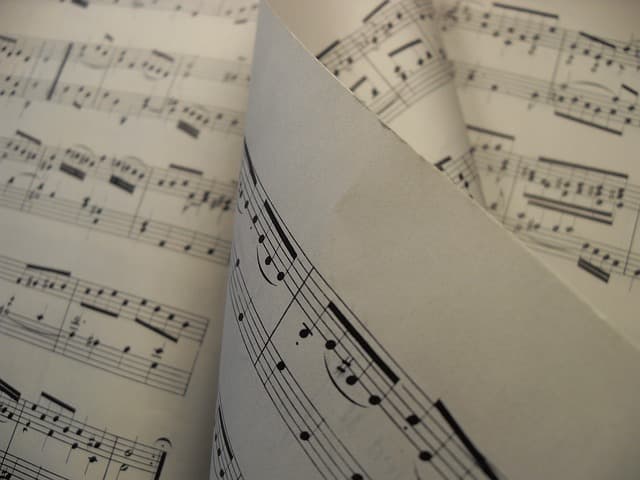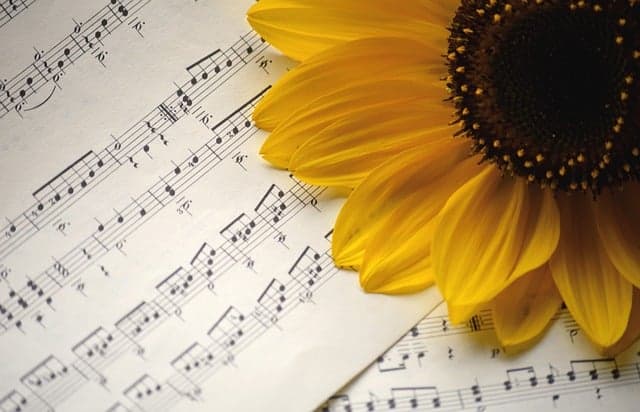National anthems are not just musical pieces, they carry the spirit of the country, its history, values and ideals. Many anthems are filled with unique and surprising features that set them apart from others. The uniqueness of the world’s anthems is astounding.
From ancient poems to battle chants
The Japanese anthem, “Kimi ga Yo”, is considered one of the shortest and oldest in the world. It is based on a poem from an ancient Japanese collection of poetry from the 10th century. This hymn essentially expresses a blessing for the long life of the emperor and the country, reflecting respect for Japanese culture and generational continuity. The minimalism and philosophy of the hymn emphasizes the importance of peace and tradition to the Japanese people.
South Africa has one of the most unique anthems, which was created in 1997 in an attempt to unite the country after the apartheid era. The anthem consists of five languages (Kosa, Zulu, Sesotho, Afrikaans and English) and is a mixture of two songs, Nkosi Sikelel’ iAfrika and Die Stem van Suid-Afrika. It sings of peace, unification and divine blessing for all the people of South Africa, showing the diversity and multiculturalism of the country.
The Indian anthem, Jana Gana Mana, was written by Rabindranath Tagore and is an example of an anthem that celebrates not only the territory but also the diversity of nations, languages and cultures of India. Unlike other hymns, it focuses on unity in diversity and recognizes the cultural richness of the country. A special feature of the anthem is its rhythmic and slow melody, reminiscent of a mantra and conveying the spirit of Eastern philosophy.
Nepal’s anthem, Sayau Thunga Phulka (One Hundred Colors), was adopted in 2007 and reflects the country’s natural beauty, such as the mountains and valleys of the Himalayas, as well as the diversity of the people. The anthem differs from many others in that it does not deal with political or military themes, but focuses on natural and cultural harmony. It expresses the people’s love for their land and pride in their unique heritage.
“La Marseillaise” is the anthem of France, one of the world’s most militant anthems. Written during the French Revolution, it celebrates the struggle for freedom and independence. The lines of the anthem are full of drama and calls for the defense of the country, making it an integral symbol of French resilience and determination. “La Marseillaise” still sounds like a cry of freedom and resistance, which sets it apart from more neutral and quieter anthems.
Cuba’s anthem, La Bayamesa, was also created as a battle cry to liberate the country from Spanish colonial rule. It praises the struggle for independence and sounds a call for courage and a willingness to defend the homeland. Despite its aggressive motifs, the Cuban anthem also reminds of sacrifice and patriotism, which is an important part of Cuban history and culture.
New Zealand’s anthem, God Defend New Zealand, is unique in that it is officially sung in two languages, English and Maori. The anthem asks for protection and blessings for the people and nature of New Zealand, reflecting respect for the indigenous people and the country’s natural wealth. Performing the anthem in two languages symbolizes cultural unity and the pursuit of equality.



